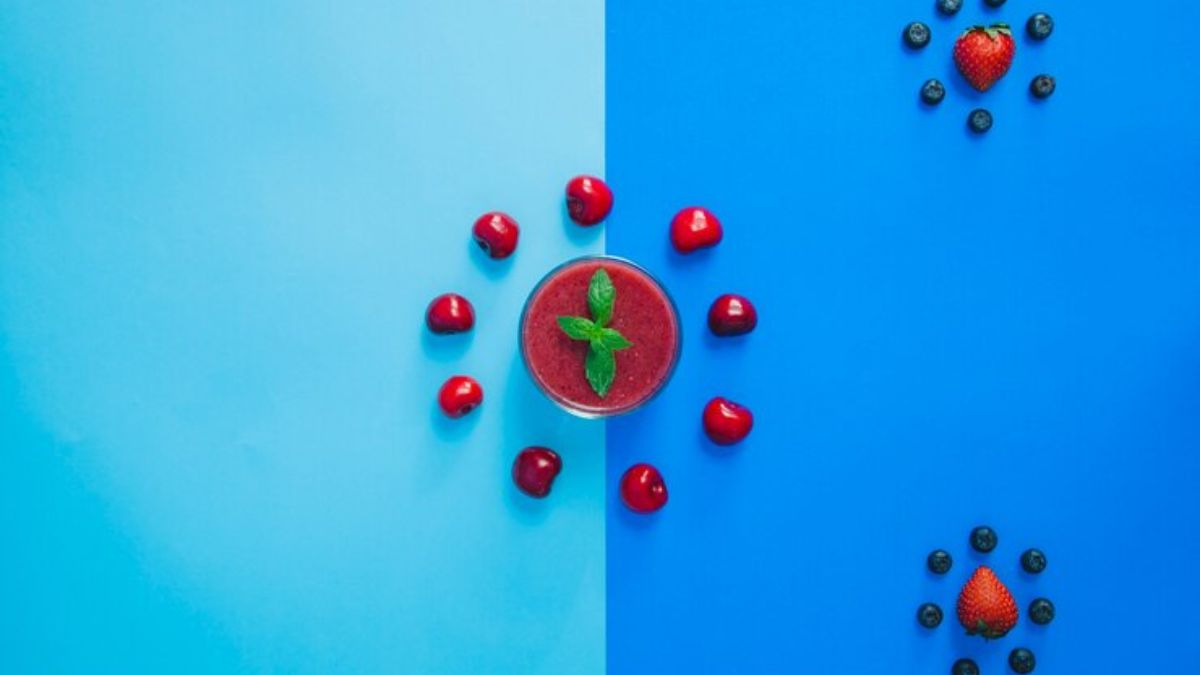When you pick up a brightly colored snack or beverage, have you ever wondered what makes it so vibrant? Enter Red 40, a popular food dye that has become ubiquitous in our diets. From candies to cereals and even beverages, this artificial coloring agent is hard to miss. While it adds an appealing pop of color to many products, the debate over its safety continues to simmer beneath the surface. As consumers become increasingly health-conscious, understanding what’s really in our food is more important than ever. Let’s dive into the world of Red 40 and explore its origins, potential risks, and alternatives that may be healthier for you and your family.
What is Red 40 and how is it made?
Red 40, also known as Allura Red AC, is a synthetic dye commonly used to enhance the appearance of food products. This vibrant red hue can be found in candies, beverages, and even some cosmetics.
The creation of Red 40 involves a chemical process that starts with petroleum. Scientists extract specific compounds and then treat them through various reactions to produce the final product.
Once manufactured, it provides an eye-catching color that appeals to consumers. It’s no wonder that many manufacturers choose this dye to make their items more attractive on store shelves.
Despite its widespread use, not everyone is convinced about its safety for consumption. The origins and production methods raise questions among health-conscious individuals looking for transparency in their food choices.
The controversy surrounding Red 40
The debate over Red 40 is heated. Many consumers are unaware of its presence in everyday products, from candies to beverages.
Critics argue that synthetic dyes like Red 40 pose health risks. Some studies indicate a potential link between artificial food coloring and hyperactivity in children. Parents often express concern about the impact on behavior.
On social media, passionate voices rise against these additives. They call for transparency and better labeling practices. Activist groups advocate for banning such ingredients altogether.
Defenders of Red 40 claim it’s safe when consumed within regulatory limits. They point out that millions eat it without issues daily.
Yet, the conversation continues to evolve as more people seek natural options. The growing demand for clean labels reflects a shift in consumer priorities toward healthier choices.
Potential health risks associated with consuming Red 40
Many consumers are concerned about the potential health risks linked to Red 40, a common food dye. Research has suggested possible connections between this synthetic colorant and hyperactivity in children. Some studies indicate that certain individuals might experience behavioral changes after consuming products containing Red 40.
Allergic reactions have also been reported, ranging from mild skin irritations to more severe symptoms in sensitive individuals. These adverse responses raise questions about how safe Red 40 truly is for everyone.
Furthermore, there’s ongoing debate about its long-term effects on overall health. While regulatory bodies deem it safe at established levels, some advocates argue for caution due to insufficient long-term studies.
As awareness grows, many people now prefer to avoid artificial colors altogether, opting instead for foods with natural ingredients that don’t carry these concerns.
Natural alternatives to Red 40
Consumers increasingly seek natural alternatives to Red 40. These options can provide vibrant colors without synthetic additives.
Beet juice is a popular choice. It adds a deep red hue and boasts nutritional benefits. Carrot extract also offers an orange tone, perfect for various food products.
Turmeric is another excellent option, providing a warm yellow shade that’s both colorful and healthy. Spirulina, derived from blue-green algae, introduces shades of blue and green while being rich in nutrients.
Fruits like raspberries or blackberries can be used for their natural pigments. They not only enhance color but also add flavor to the mix.
These alternatives often come with additional health benefits compared to artificial dyes. Exploring these options allows consumers to enjoy appealing foods while avoiding synthetic ingredients commonly associated with potential risks.
Government regulations on the use of Red 40 in food products
Government regulations regarding Red 40 vary significantly from country to country. In the United States, the Food and Drug Administration (FDA) oversees its use, deeming it safe for consumption at specified levels. Manufacturers must adhere to these guidelines when incorporating this dye into their products.
In Europe, however, the stance is more cautious. The European Food Safety Authority (EFSA) requires warning labels on foods containing Red 40 due to potential links with hyperactivity in children. This discrepancy raises questions about food safety standards across regions.
Proponents argue that stringent testing supports its safety profile. Critics emphasize the need for further research into long-term effects on health.
As consumers become more informed, regulatory bodies are under pressure to reevaluate existing rules surrounding artificial colorants like Red 40. The dialogue continues as public awareness grows around dietary choices and their impacts on well-being.
Conclusion: Making informed choices about what we consume
As consumers, we hold the power to make informed choices about what we eat and drink. Understanding what Red 40 is and how it fits into our diets allows us to navigate food labels with greater awareness. The debate surrounding synthetic dyes like Red 40 often leaves people questioning their safety and necessity.
While many enjoy vibrant colors in their foods, it’s essential to weigh the evidence regarding potential health risks associated with artificial additives. For those concerned about these risks, exploring natural alternatives can provide a satisfying solution without sacrificing visual appeal.
Regulations play a significant role in ensuring that food products are safe for consumption. However, staying educated empowers us as individuals to advocate for healthier options in our diets.
By staying informed about ingredients like Red 40, we can choose wisely and prioritize our well-being. Every decision counts when it comes to what ends up on our plates or in our beverages—making each choice an opportunity for better health.










